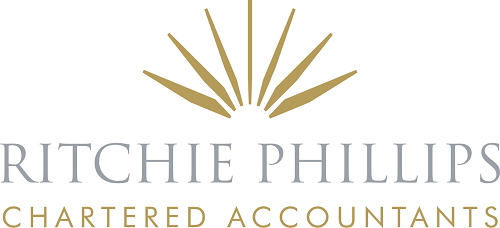
Inheritance tax planning should always form part of your long-term strategy, and so in this post, we take a look at how announcements in the recent Budget may affect those plans.
Inheritance Tax (IHT) nil rate band
The nil rate band has been frozen at £325,000 since 2009 and this will now continue up to 5 April 2028.
The IHT residence nil rate band
The residence nil rate band (RNRB) means that the family home can be passed more easily to direct descendants on death. This is also frozen at the current £175,000 level until 5 April 2028.
There are a number of conditions that must be met in order to obtain the RNRB.
For many married couples and registered civil partnerships the relief which is available following the second death can effectively be doubled as each individual has a main nil rate band and a residence nil rate band which passes on the death of the surviving spouse.
A taper reduces the amount of the RNRB by £1 for every £2 that the “net” value of the estate of the deceased is more than £2 million. Net value is after deducting permitted liabilities but before exemptions and reliefs. This taper will also be maintained at the current level.
Charitable giving
A reduced rate of IHT applies where broadly 10% or more of a deceased’s net estate (after deducting IHT exemptions, reliefs and the nil rate band) is left to charity. In those cases the 40% rate will be reduced to 36%.
Estates in administration and trusts
Changes are introduced which will affect the trustees of trusts and personal representatives who deal with deceased persons’ estates in administration, and beneficiaries of estates.
For 2023/24, technical amendments are made to ensure that, for beneficiaries of estates, their tax credits and savings allowance continue to operate correctly.
For 2024/25, changes will:
- Provide that trusts and estates with income up to £500 do not pay tax on that income as it arises.
- Remove the default basic rate and dividend ordinary rate of tax that applies to the first £1,000 slice of discretionary trust income.
- Provide that beneficiaries of UK estates do not pay tax on income distributed to them that was within the £500 limit for the personal representatives.
Land qualifying for Agricultural Property Relief
The scope of Agricultural Property Relief (APR) and Woodlands Relief will be restricted to property in the UK, with effect from 6 April 2024. HMRC states “Property located in the European Economic Area, the Channel Islands and the Isle of Man will be treated the same as other property located outside the UK.” Also, APR is to be expanded to cover certain types of environmental land management.
As always, the contents of this post are meant as guidance only and if you have any concerns or wish to discuss any of the issues arising, please get in touch.
